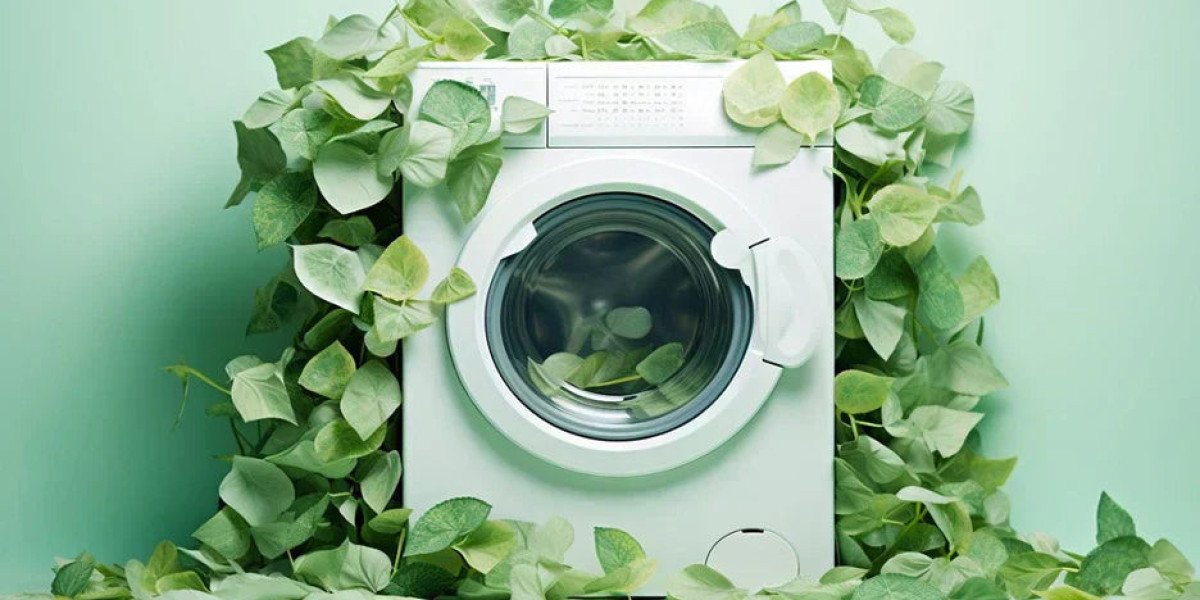In today’s world, where climate change and rising utility bills go hand in hand, making smart, sustainable choices at home is more important than ever. One of the most effective ways to reduce your carbon footprint and cut down on energy costs is by switching to energy efficient appliances. These modern machines not only perform better but also consume less power, saving you money in the long run. But if you’re just beginning your energy-efficient journey, the question becomes: where do you start? Let’s walk through the smartest first steps to take when transitioning your household to a more energy-conscious one—without breaking the bank or sacrificing comfort.
Why Energy Efficiency Matters Now More Than Ever
Energy use in homes accounts for a significant portion of greenhouse gas emissions. Appliances like refrigerators, washers, dryers, and HVAC systems are among the biggest culprits. By upgrading to Energy efficient appliances, homeowners can drastically reduce energy consumption, lower their electricity bills, and contribute to a healthier environment.
What’s more, governments and energy companies often offer rebates, tax credits, and incentives to encourage households to make the switch. That means the cost of upgrading can often be partially offset—making this investment even more appealing.
Start with the Biggest Energy Hogs
If you’re wondering which appliances to replace first, prioritize those that consume the most energy or run continuously.
1. Refrigerators and Freezers
Your fridge is one of the few appliances that runs 24/7. If it’s more than 10 years old, it could be using significantly more electricity than newer models. Today’s ENERGY STAR® certified refrigerators use up to 40% less energy than those built in the early 2000s. By upgrading, you’ll see immediate savings and improved performance.
2. HVAC Systems (Heating, Ventilation, and Air Conditioning)
Heating and cooling account for nearly half of the average home’s energy use. If your HVAC system is older than 15 years or constantly needing repairs, replacing it with an energy-efficient model can slash your energy use. Modern systems also offer features like programmable thermostats and zoned temperature control for even greater efficiency.
3. Water Heaters
Water heating is the second-largest energy expense in most households. Traditional storage tank models continuously heat water—even when you're not using it. Tankless or on-demand water heaters are a smart upgrade, providing hot water only when needed and significantly reducing standby energy loss.
Next Up: High-Use Household Helpers
Once you’ve tackled the big-ticket items, turn your attention to appliances you use regularly.
4. Washing Machines and Dryers
High-efficiency washers use less water and energy while being gentler on clothes. Front-loading models typically consume 40–50% less water than top-loading versions. ENERGY STAR-certified dryers also use 20% less energy than conventional ones, especially if they have moisture sensors that automatically stop the cycle when clothes are dry.
5. Dishwashers
Contrary to common belief, modern dishwashers use less water than washing dishes by hand—especially when you skip the pre-rinse. Energy-efficient dishwashers use advanced technology to clean thoroughly with less energy and water, making them a smart switch.
6. Cooking Appliances
While ovens and stovetops aren’t major energy drains, induction cooktops and convection ovens can help save energy while offering faster, more even cooking. Microwave ovens are also much more energy-efficient than traditional ovens for heating small amounts of food.
Don’t Forget the Hidden Energy Suckers
Small appliances and electronics might not seem like major contributors to your energy bill, but collectively, they can add up.
7. Home Electronics and Entertainment Systems
Televisions, gaming consoles, computers, and streaming devices often continue drawing power even when turned off. Upgrading to ENERGY STAR-rated models and using smart power strips can help eliminate “phantom load” and save money.
8. Lighting
While not technically an appliance, lighting is another easy win. Switching from incandescent bulbs to LEDs reduces energy use by up to 90%. Plus, they last significantly longer, reducing waste and replacement costs.
How to Make the Switch Without Overwhelming Your Budget
Transitioning to energy-efficient appliances doesn’t have to mean replacing everything at once. Take a phased approach:
Prioritize the oldest and most-used appliances first.
Check for rebates or incentives from your local utility or government.
Consider financing options or bundling upgrades with home improvement loans.
Calculate lifetime savings: A more expensive appliance may pay for itself in energy savings over just a few years.
What to Look for When Shopping
When you're ready to upgrade, make sure to:
Look for the ENERGY STAR® label—it’s a trusted symbol for energy efficiency.
Compare EnergyGuide labels to understand annual energy consumption and operating costs.
Choose the right size for your needs. Bigger isn’t always better; oversized appliances can waste energy.
Maintenance Matters
Even the most efficient appliance needs proper care. Clean filters, check seals, and perform routine maintenance to keep everything running at peak performance. Simple tasks like vacuuming your refrigerator coils or cleaning your dryer’s vent can make a noticeable difference.
The Long-Term Impact
Switching to Energy efficient appliances isn’t just about saving money—it’s about making a conscious choice to reduce your environmental impact. With each upgrade, you’re cutting emissions, conserving resources, and contributing to a more sustainable future.
Plus, modern appliances come with added perks: quieter operation, smart features, improved safety, and a more polished look for your home.
Final Thoughts
Energy efficiency isn’t just a buzzword—it’s a blueprint for a smarter, more sustainable lifestyle. By starting with the biggest energy users and making gradual, informed upgrades, you can transform your home into an energy-efficient haven. The key is to act with intention, research your options, and take advantage of available incentives. The shift to energy efficient appliances begins with one smart decision—and each step you take brings long-term rewards for both your wallet and the planet.













